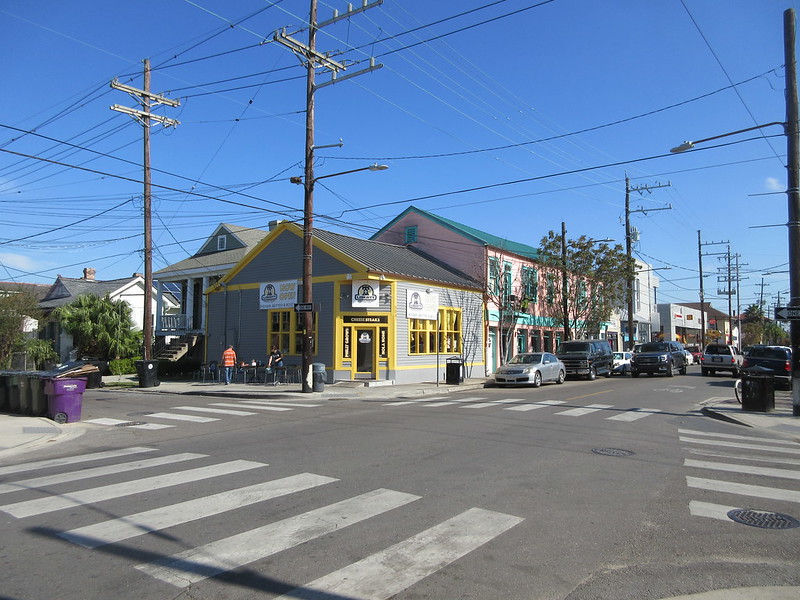Freret Homes for Sale
Freret has a long history of demographic and economic diversity. Recent development has been paying off, supporting a robust commercial corridor.
Like the Uptown neighborhood just to its south, the neighborhood of Freret is home to a wide variety of businesses and architectural styles — from historic shotguns to stately mansions. It also contains an important and thriving eight-block corridor of Freret Street, even dubbed by some as the city’s newest restaurant row, speckled with all kinds of locally-owned small businesses. Freret is showing no signs of slowing down, mostly thanks to the robust recovery and development efforts led by local merchants and developers and city government leaders. It looks like more and more people love to live and play in Freret.
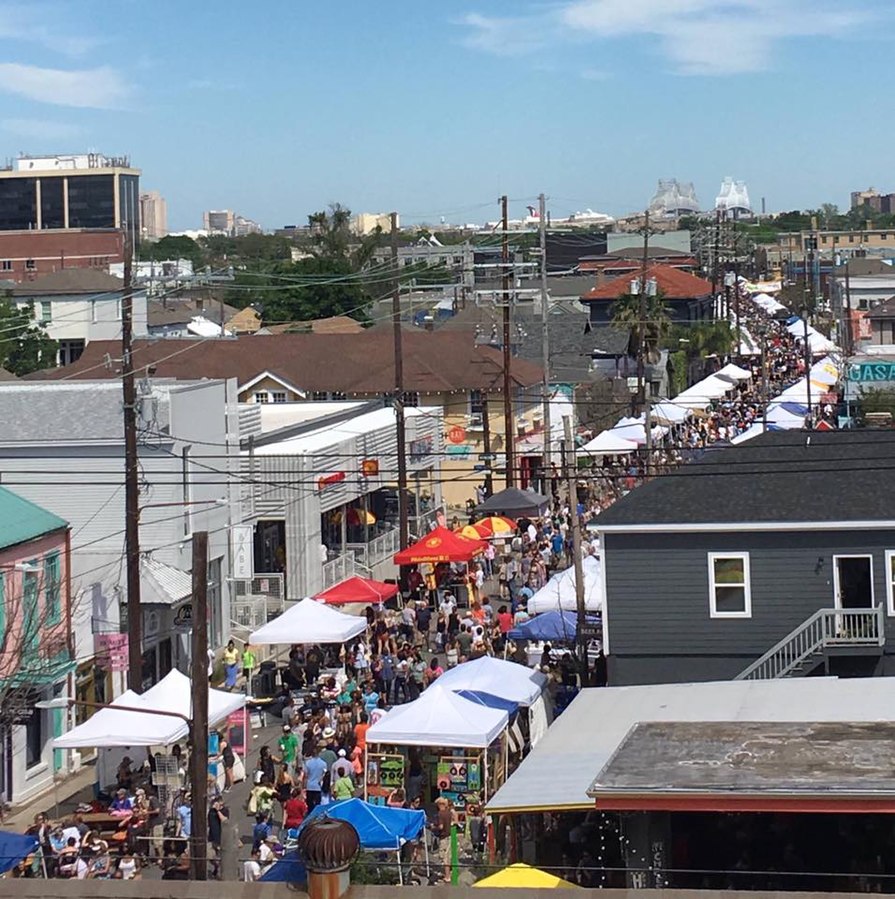
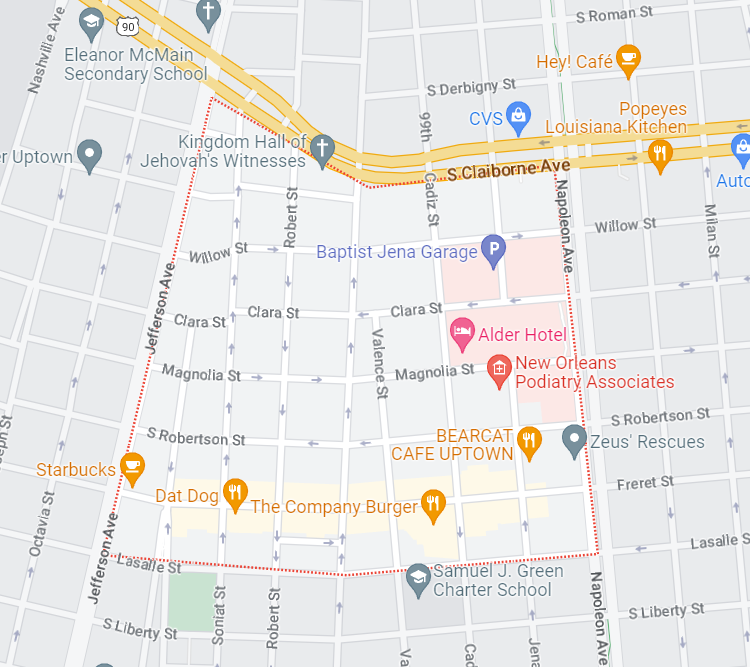
Where Is Freret?
Freret is a subdistrict of the Uptown/Carrollton area. According to the U.S. Census Bureau, it has a total area of 122 acres. Adjacent neighborhoods include Broadmoor to the north, Milan to the east, Uptown to the south, and Audubon to the west.
Freret’s boundaries are:
North: South Claiborne Avenue
East: Napoleon Avenue
West: Jefferson Avenue
South: LaSalle Street

Homes for Sale in Freret, New Orleans
Why Buy a Home in Freret?
The effective efforts of the city leaders and local merchants have contributed to the recent impressive recovery of the stretch of the eight blocks of Freret Street between Napoleon and Jefferson avenues. Freret now also boasts its own market and festival, plus its own Carnival krewe, Krewe of Freret (since 2011). There are many things to love about Freret — more than ever – including the following.
The Renaissance of Freret Street. Freret stretches from Downtown to Uptown New Orleans, running parallel to St. Charles Avenue. The street has everything one needs to sustain city living — a garden center, hardware and paints stores, art galleries, yoga studios, bike shops, beauty salons — plus many, many restaurants, bars, and coffee shops. It’s a self-contained, offbeat, affordable universe of its own that any city would be proud of. New spots pop up every month, the two most notable ones being the well-reviewed Cuzco Peruvian Cuisine and the small-plates bistro with seasonal menu and a large selection of natural wines, Bar Frances.
Wildly Successful Monthly Market. New Orleans isn’t lacking in the art and farm markets, merch pop-ups, and food trucks, but the open-air Freret Street Market stands out because of its impressive size and the fact that it combines all those components. Located at Freret Street and Napoleon Avenue, the market is held on the first Saturday of every month (except June-August) from noon till 4 p.m. The Freret Market was started in September 2007 in an effort to revitalize the Freret business corridor. Since then, it’s grown to become a popular destination with special events and healthy attendance numbers. Besides the food, art and flea vendors (about 90 total), the market regularly hosts local restaurant and catering business pop-ups and food carts, and features live music.
Home to Its Own Festival. Held on the first Saturday in April, the Freret Street Festival has been growing since the mid-1990s, with about 200 vendors participating last year and with live music on three stages.
… And It Even Has Its Own Parade. The Krewe of Freret counts many small-business owners among its members, and is also tied to the revitalization of the Freret corridor. It was preceded by the Freret Parade, which was started in 1952 by a group of local businesspeople and last rolled in 1994. The Krewe of Freret emerged in 2011 to channel the area’s Mardi Gras spirit. Among its signature throws are member-decorated Mardi Gras masks.
Great Schools. Holy Rosary School and Isidore Newman School, both call the neighborhood of Freret home.
Easy to Navigate and Access. Freret is just blocks from the campuses of Tulane and Loyola in the University District. The area is very walkable, and is easy to navigate by public transportation and by car. There’s plenty of street parking, too.
Freret
Attractions
Just strolling the historic corridor of Freret Street and adjacent streets will bring you to the city’s top dining and entertainment destinations. The area is self-contained because it hosts so many diverse, mostly small and locally-owned businesses. You can have top-notch Peruvian or Vietnamese food, buy a painting or a plant, take a yoga class, and adopt a dog — all within a few blocks. Below are a few of our highlights.
Get a hot dog with a local flavor. The affordable Dat Dog dishes out a wide variety of meat, fish, and vegan hot dogs and other comfort food like burgers and chicken. There are alligator and crawfish sausages too, and more than 30 toppings.
Have a civilized cocktail at Cure. The menu is made from scratch, and there’s outdoor seating. On the other end of the drinking spectrum is Another Bar. Home to cheap PBR and shot specials, this loveable dive has captured the hearts of many in the Freret neighborhood and beyond.
At High Hat Cafe, Louisiana meets the Delta, and catfish is the star of the menu (available in three serving sizes). This casual eatery is also a great destination for all things Gulf seafood and local draft beers. The 10 sides alone — like pimento cheese grits — deserve a separate shout-out.
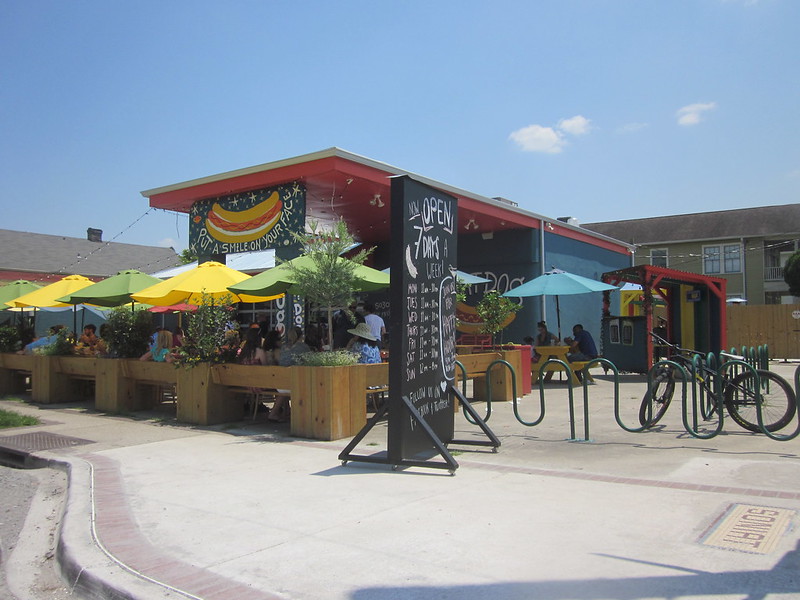
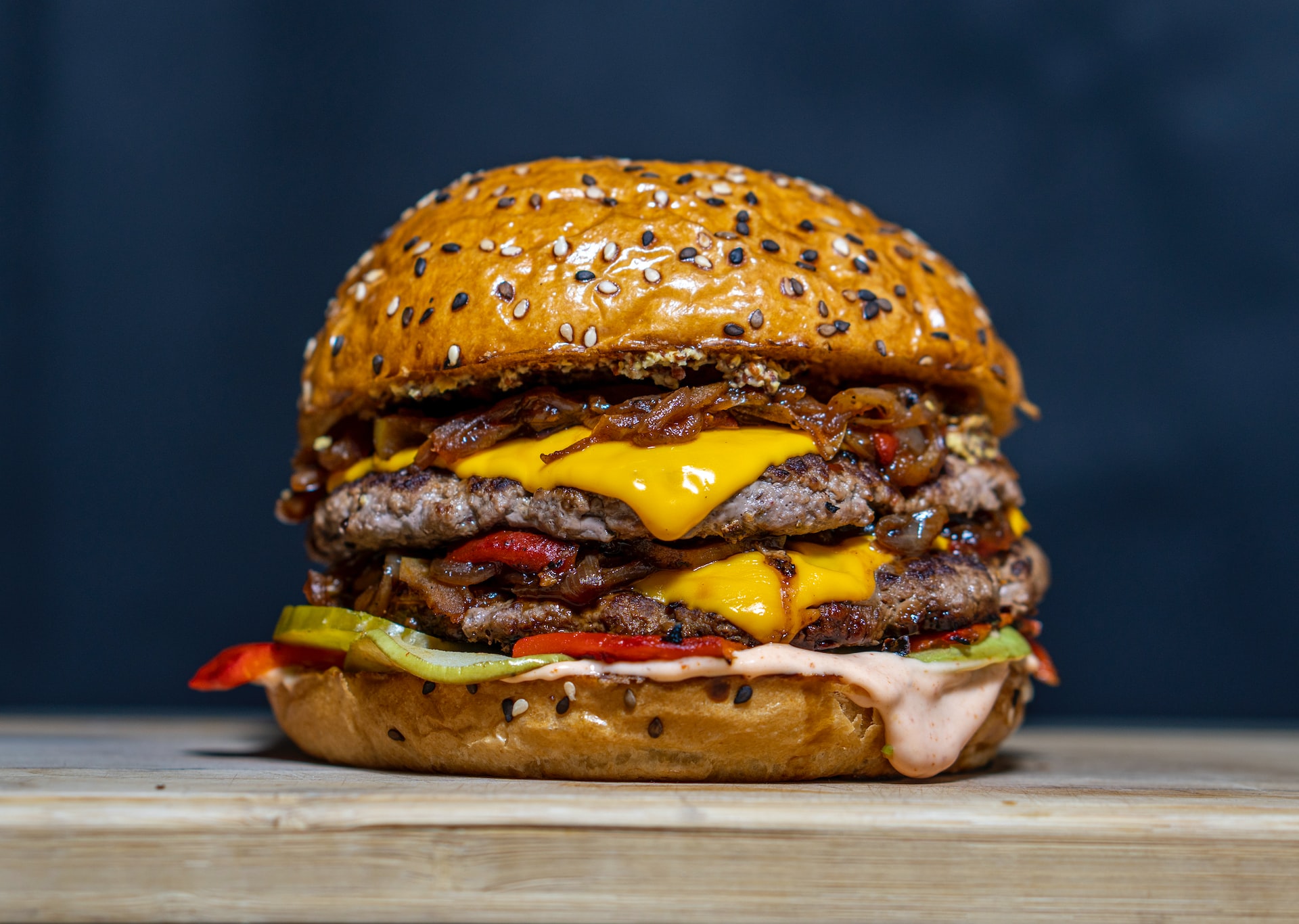
Would you like pork rinds and a cookies-and-cream milkshake with your lamb burger? The Company Burger on Freret and Cadiz streets has a short yet solid menu with all the basics — burgers, sides, beer, and potent house cocktails with names like Frozen Satsumarita. The beef patties are antibiotic- and hormone-free; and there’s a daily happy hour.
Thinking about adopting a dog? Zeus’ Rescues is one of the most reputable and caring shelters in the city, and has been a staple at the monthly market too. Its sister business, Zeus’ Place, offers boarding, grooming and daycare for dogs.

History of Freret, New Orleans
What is now the Freret Street commercial corridor and the area’s main thoroughfare is located on the former site of two large plantations. The neighborhood was named in honor of William Alfred Freret Sr., a businessman of English and French descent and the former mayor of New Orleans (1840-1842 and 1843-44).
Along with his brother, Freret owned and operated the first large industry in the American sector of New Orleans: the Freret Cotton Press Company. It occupied the two blocks on St. Charles Avenue between Poydras and Gravier streets, and was very successful, giving Freret the visibility he needed to jumpstart his political career. William Freret was considered one of the city’s most efficient and hands-on mayors. His best achievement was no small feat: He succeeded in establishing a free public school system, also getting the state to back it.
For more than a century, Freret Street remained an important commercial destination, with small businesses (many owned by Jewish and Italian merchants) lining it from Napoleon to Jefferson avenues. Beginning in the 1920s and up to its decline in the early 1950s, Freret was a thriving neighborhood, with a streetcar running along Freret Street and a diverse population.
Starting in the early 1950s, many businesses closed due to the exodus to the suburbs and large retailers taking business away from the area. The decline didn’t stop even when Mayor Ernest N. “Dutch” Morial introduced a Neighborhood Commercial Revitalization Program in 1978, injecting $1 million in the area’s economy. In the 1990s, the nonprofit Neighborhood Housing Service of New Orleans became a vital part of revitalization of the area with the introduction of the homebuyer programs and commercial reinvestment. Despite taking in up to five feet of water during Hurricane Katrina flooding, the neighborhood of Freret continues to recover, develop, and thrive.
